
Making indoor farming a viable solution with LED grow lights
Making indoor farming a viable solution with LED grow lights
"Plants as living beings are very complex. With their different needs, one of the biggest issues are the parameters used for setup. TÜV SÜD can help the different players in the indoor farming industry navigate the changing landscape, and provide support for their specific needs."
Marvin Böll
Project Manager, Lighting Expert, TÜV SÜD
Friday, July 14, 2017
Urban farming has been debated as a passing fad or a safeguard for our future. As cities grow larger and become more densely populated, there is a case for urban farming with its increased relevance and necessity to improve food security and sustainability.
80% of land suitable for growing food is already in use. The United Nations (UN) predicts that by 2050, the world’s population will increase by 2.2 billion1 with an estimated 70% living in urban areas. Due to the larger population size, food production will consequently need to increase by 70%2. However, the decreased availability of farmable land, coupled with the trend of bio-energy and climate change, puts pressure on traditional agricultural resources.
Innovations and price drops in key technologies have in recent years kicked off a trend towards urban and indoor farming, that has the potential to counter these challenges. Integration of agricultural space into an urban environment would help to utilise otherwise unused space, while indoor farming will offer greater control over growing conditions and help to avoid the uncertainty of a continually evolving climate.
One key factor in conventional or indoor agriculture, is light. Artificial light sources used to serve as supplementary light primarily in the absence of natural sunlight. With the emergence of new lighting technologies, it offers the flexibility to control the “nature” of light, enabling the grower to change taste, appearance or nutritional quality of their crops, with or without sunlight.
The usage of artificial light sources, also referred to as grow lights – to stimulate plant growth – is not a new concept. The idea has been around for 150 years, and so the farming community has seen a variety of lighting choices through the decades: from incandescent to halogen bulbs to fluorescent and gas discharge lamps, to name a few.
The introduction of light-emitting diodes (LEDs) has changed the game. LEDs offer a range of advantages that make them suitable for use as horticultural lights. They are small and can be arranged in various forms, offering larger design options. They are also easier to control, making it possible to provide different colours for different applications. As LEDs emit less heat, they can be moved closer to the plants, thus having the possibility of more intense lighting for growth as well as utilising available space more effectively. New concepts such as plant specific emission spectra and dynamic smart lights have made the use of artificial lighting more attractive as well. It has opened up new possibilities and business models such as for supermarkets to grow their own products to shorten supply chain or encourage home grown products.
There are several critical elements to find the perfect lighting “recipe”; a careful balance of light colour and intensity, placement and distance from plants, and design of the lighting. This lighting plan must work in tandem with other elements that have roles to play in plant growth – water, soil, temperature, etc.
For example, you can target a specific nutrient and increase it, but the plant may turn out looking unnatural, discouraging customers from buying it. It may also not grow as fast resulting in unintended cost from more energy consumption. For many, it’s trial and error.
Despite various economical challenges, the trend is positive. Globally, many companies have joined the indoor farming movement.
"Plants are very complex. I always like to make the analogy that there is more than one way to treat someone who is sick. It’s the same with plants – if you don’t know what you’re doing, you could end up doing more harm than good."
Marvin Böll
Project Manager, Lighting Expert, TÜV SÜD
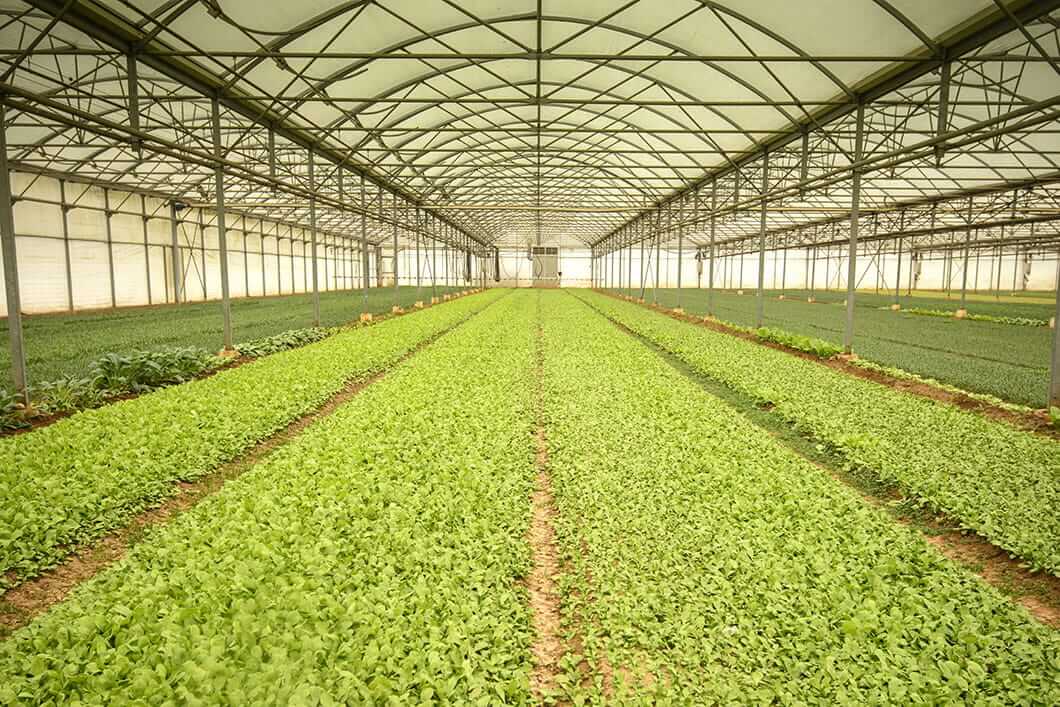
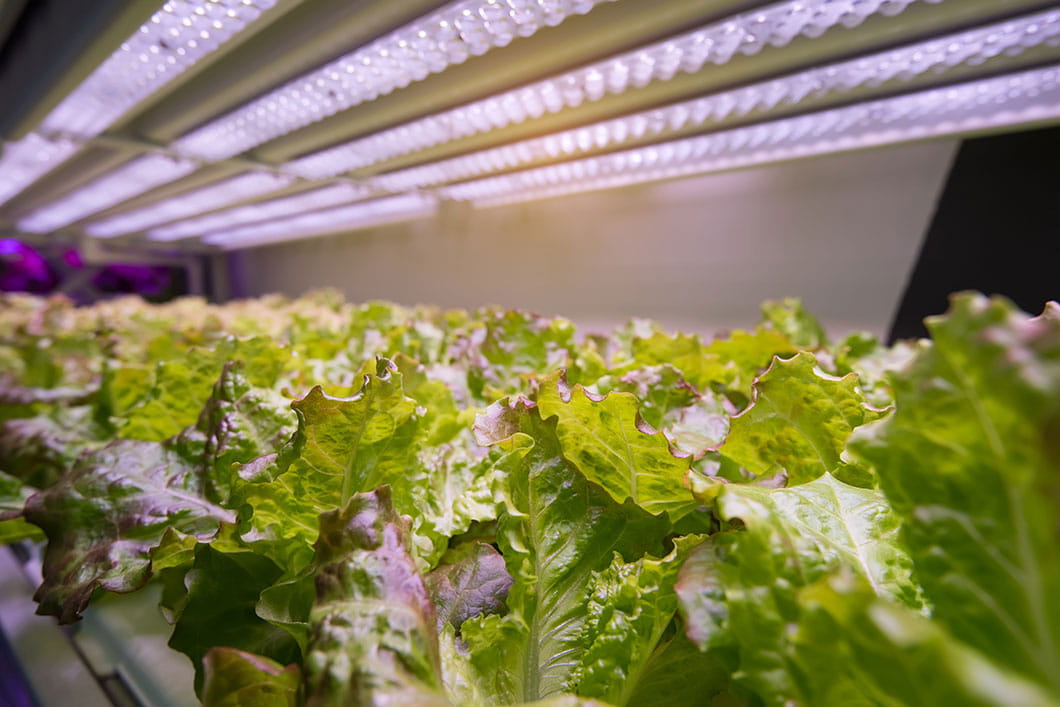
In Japan, Shigeharu Shimamura's Mirai project, developed with GE, is a 25,000 sqft indoor farming space that can produce up to 10,000 heads of lettuce a day - 100 times more yield per square foot than traditional methods.
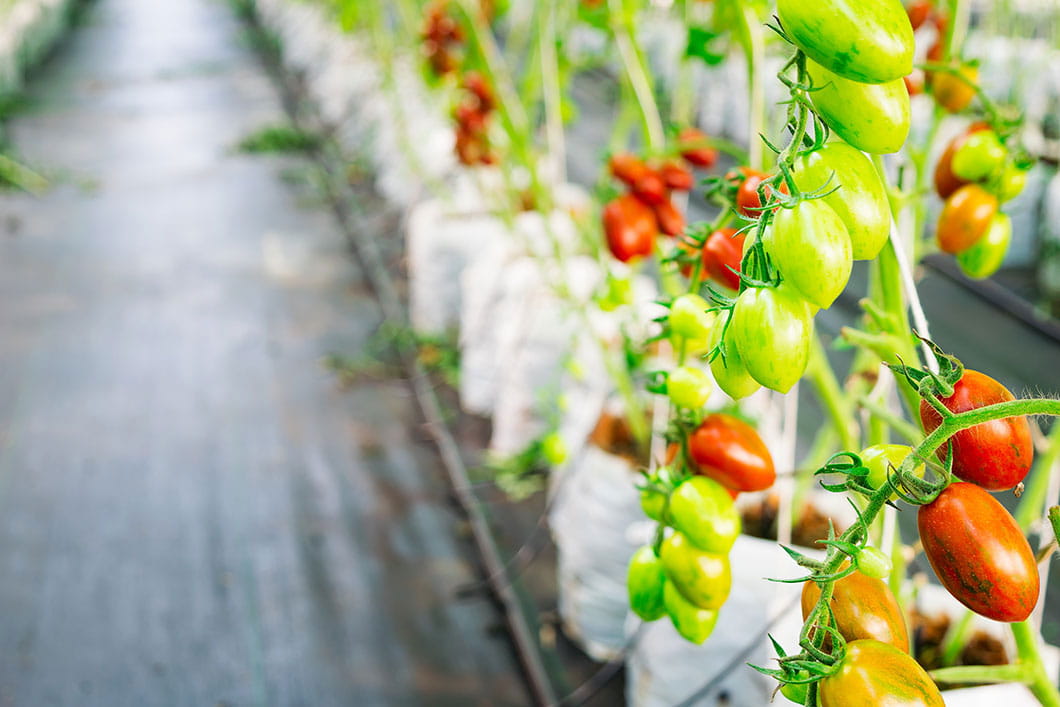
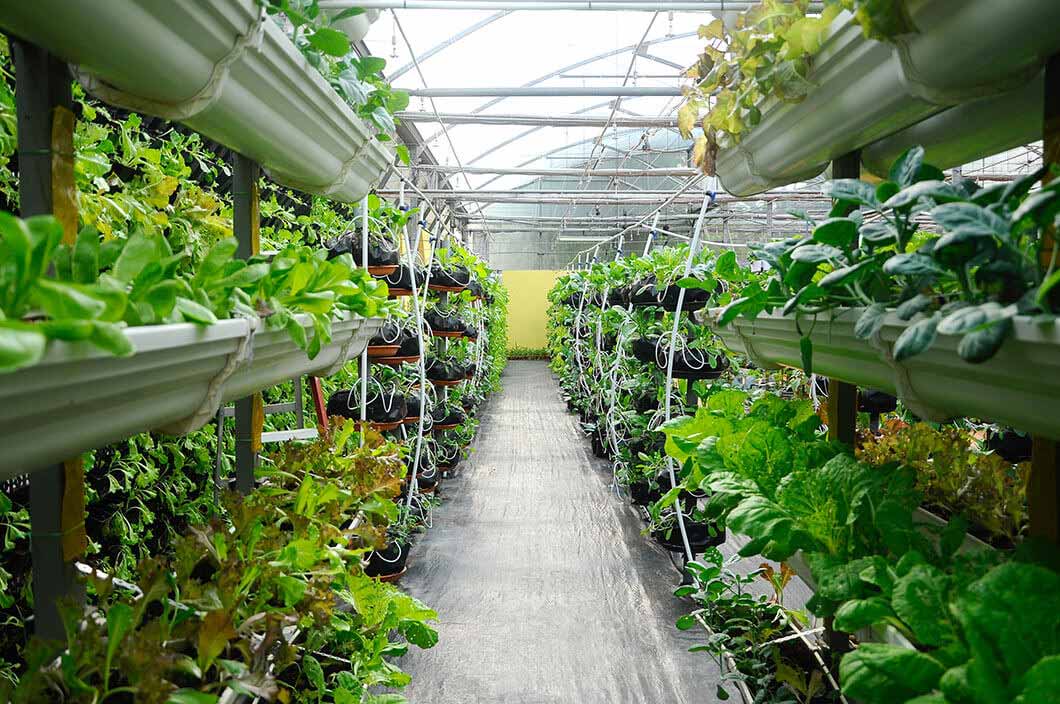
In Europe, the first commercial vertical farm has opened in the Netherlands. There, it is important to overcome seasonal effects to secure the product volume to be delivered to supermarkets.
While massive yields in smaller spaces can solve food security issues, indoor farming with the use of energy efficient LED system also boast of reduced energy usage3, making indoor farming a potential sustainable solution. Some indoor farms have showed significant power-savings4: with about 40% less power and up to 90% of water savings when compared with the same yield from traditional farms.
There is also less need for traditional labour5. The controlled environment means specific crops can be grown anytime. This contributes to increased local produce and fresher crops due to shorter transport time. Being indoors maximises the space used and it also eliminates the presence of pests, so no pesticides are required6. Carefully chosen lighting recipes lower chances of crops being rejected by retailers and consumers, thereby reducing food wastage and driving sustainability.
One challenge for indoor farmers when choosing a light is that the perfect one-plan-fits-all light recipe doesn’t exist. There has been a lot of hype about a certain pink-and-blue light which makes some plants really flourish. But when used on other plants, they may perform differently. For farmers who expect the same lighting results to apply across different plants, this may lead to underwhelming outcomes and has contributed to low uptake of indoor farming.
"This also makes it very hard for the lighting manufacturers as farming is not their core area of expertise – what they usually tend to do is to test and specify their products for a selected range of plants in a defined ambient condition,” says Marvin Böll, Project Manager, Lighting Expert at TÜV SÜD . “Changes to the ambient parameters or usage of different plants might not yield favourable results. What a grower can do with the provided equipment remains restricted to the plants and conditions defined by the manufacturer.” As of now, no standard indicates which light is appropriate for the selected crop. There are many developers looking for the “holy grail”, trialling different lights and setups, each looking to fulfil their own interests.
As players strive to develop the industry for a sustainable future, another challenge is to guarantee the safety and performance of the technology itself. The high degree in variation between indoor farming systems can make the selection of a fitting light fixture even more difficult. What difference does it make if a light source is used in a soil based setup or a hydroponic system? What light distribution do I need? In particular, the topic of workplace safety such as photo biological safety and protection against electrical shock are of importance due to the proximity of the lighting to the worker.
As indoor farming is gaining in relevance, TÜV SÜD is able to advise farmers and growers on the basics of grow lighting and review systems for their individual crops, as well as inform on the latest standards and regulations to help them to navigate the changing landscape, making sure the technology works for their specific needs.
According to literature, farmers will mostly go for the growth rate. But tests show that even if there is a faster growth rate, if plants look unusual or “unaesthetic”, sales will not be guaranteed. So, the retailers and the farmers themselves will have to have a stronger voice on their desired output.
"We make it easier for the farmers to see: I have this light system, I have these conditions, I will get these results. If I have other conditions, I will have other results – these are the testing methods, guaranteed 50 percent yield."
Marvin Böll
Project Manager, Lighting Expert, TÜV SÜD
The notion of urban farming and indoor farming – promising higher yield by controlling environmental factors, is definitely a far cry from the traditional idea of agriculture, but could become a new business model that will take root and flourish. It shields many – the farmers all the way through to the consumer – from disruptions in the food supply caused by external influences such as climate change or natural disasters.
In creating a sustainable future, Professor Dickson D. Despommier from Columbia University summarises how urban farming drives this: “If every city on earth were to grow 10% of its produce indoors, it would allow us to take 340,000 square miles of farmland back to forest. That, in turn, could absorb enough carbon dioxide to bring the level in earth’s atmosphere back to where it was in 1980.”
Get practical advice on the use of grow light in indoor farming, design strategies and regulations around its application from Marvin Böll in our webinar: "Standards and design guidelines for grow light".
Find out more about our grow lights testing and training solutions here.
Sources
1 https://population.un.org/wpp/Publications/Files/WPP2017_KeyFindings.pdf
2 http://www.fao.org/fileadmin/templates/wsfs/docs/expert_paper/How_to_Feed_the_World_in_2050.pdf
4 https://weburbanist.com/2015/01/11/worlds-largest-indoor-farm-is-100-times-more-productive/
6 http://edition.cnn.com/2016/09/05/world/aerofarms-indoor-farming/index.html
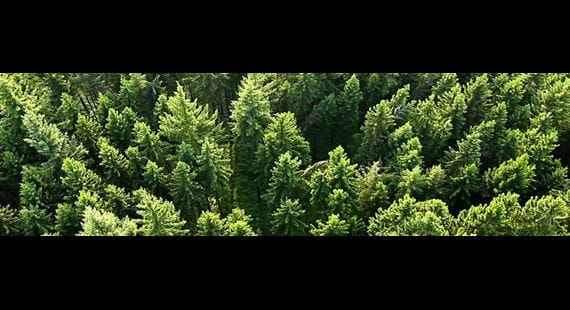
How can we achieve our economic objectives in a sustainable approach?
Learn more
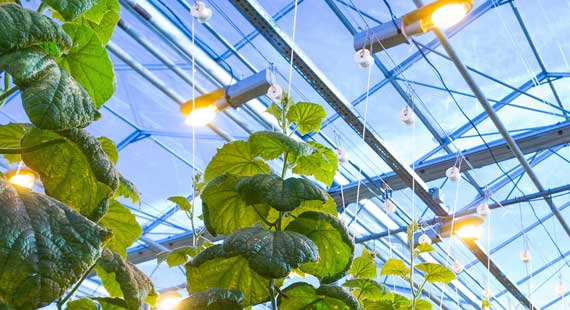
An overview of the available standards and common evaluation practices.
Learn more
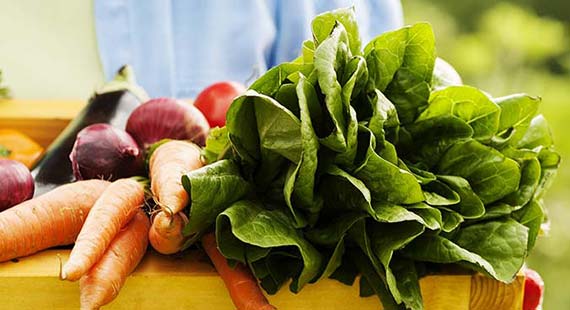
Site Selector
Global
Americas
Asia
Europe
Middle East and Africa